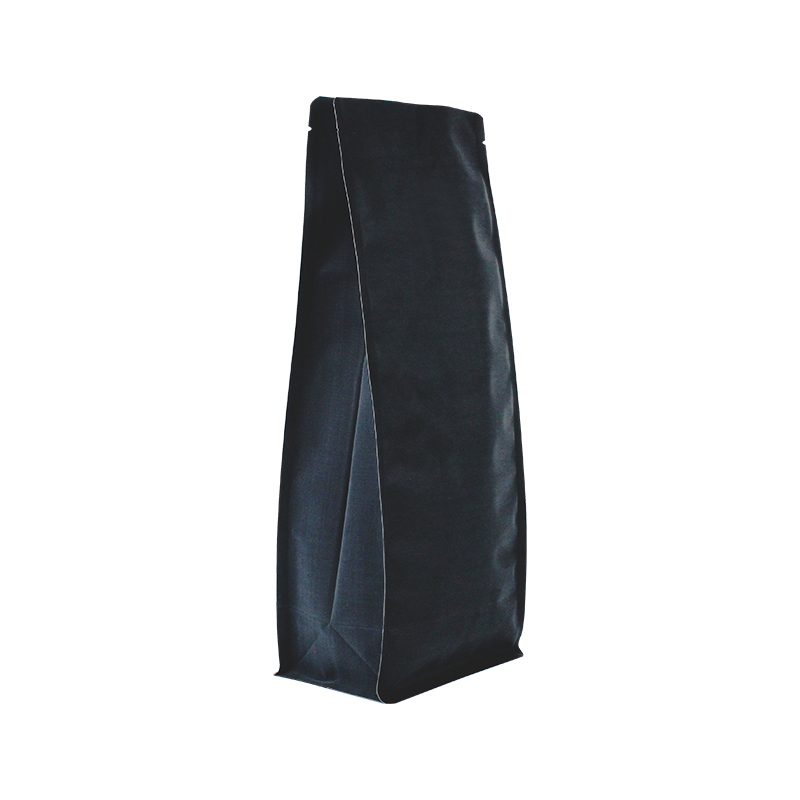Is Cellulose a Biodegradable Material for Sustainable Composting Solutions?
Is Cellulose Compostable? Exploring the Viability of Cellulose in Composting
Composting is a natural process that transforms organic material into valuable compost, a nutrient-rich soil amendment. As we become increasingly aware of the environmental impacts of waste and plastic pollution, finding alternative materials that are compostable has become a pressing issue. One such material, gaining attention for its potential to be biodegradable, is cellulose. This article delves into the nature of cellulose, its compostability, and its implications for waste management and sustainability.
Understanding Cellulose
Cellulose is a complex carbohydrate, a polysaccharide composed of long chains of glucose molecules. It is a primary structural component of plant cell walls and is the most abundant organic polymer on Earth. Found in various plant-based materials, cellulose provides rigidity and strength to plants. Sources of cellulose include wood, cotton, paper, and many other plant fibers. With the world's focus shifting towards more sustainable materials, cellulose has garnered interest due to its natural origins and potential for biodegradability.
The Composting Process
To grasp the compostability of cellulose, it is essential to understand the composting process. Composting relies on microorganisms, such as bacteria and fungi, that break down organic matter into simpler substances. These microorganisms thrive in a conducive environment - one that is moist, aerated, and has an appropriate balance of carbon and nitrogen. The carbon-rich materials are often referred to as browns (such as dried leaves and cardboard), while nitrogen-rich materials are termed greens (like vegetable scraps and grass clippings).
Successful composting achieves a balance between these two types of materials, allowing microorganisms to break down the materials effectively, ultimately producing nutrient-dense compost. Given that cellulose is primarily composed of carbon, it can serve as a valuable carbon source in composting systems.
Is Cellulose Compostable?
is cellulose compostable

The short answer is yes - cellulose is compostable. When cellulose-rich materials are added to the compost pile, they can be broken down by microorganisms over time, eventually enriching the soil with nutrients. However, the rate of decomposition can vary depending on several factors, including the type of cellulose, the size of the particles, and the environmental conditions of the compost pile.
For instance, pure cellulose from natural sources, such as untreated wood or paper, tends to decompose more slowly than cellulose-based products processed with additives or treatments. The bonding and structural characteristics of cellulose affect its biodegradation rate. More processed forms, like cotton, may break down quicker because of their smaller fiber size, while thick, untreated wood may take significantly longer.
Implications for Sustainable Practices
Understanding cellulose’s compostability has important implications for sustainable practices in various industries. The increasing adoption of cellulose-based materials, especially in packaging and disposable products, raises the possibility of reducing plastic waste in landfills and oceans. Many manufacturers are moving towards biodegradable packaging made from cellulose, as it offers a more environmentally friendly alternative.
Incorporating cellulose-rich materials into composting can enhance soil health, improve moisture retention, and increase organic matter content, promoting better plant growth and resilience. Additionally, communities that emphasize composting cellulose waste may contribute to local food production by creating rich compost that supports sustainable agriculture.
Conclusion
As we look for effective solutions to manage waste and reduce pollution, cellulose emerges as a promising candidate. Not only is it compostable, but it also has the potential to play a significant role in promoting sustainability. The challenge lies in educating consumers, industries, and policymakers about the benefits of using cellulose and the proper composting methods for its effective breakdown.
In summary, cellulose is more than just a plant component; it's a crucial part of a broader conversation about our relationship with materials and waste. By embracing cellulose and understanding its compostability, we can take steps towards a more sustainable future, one where organic materials enrich our soil and minimize our environmental footprint.













